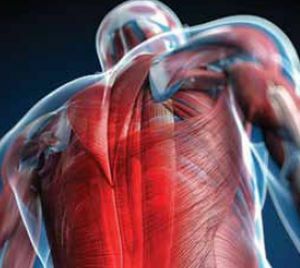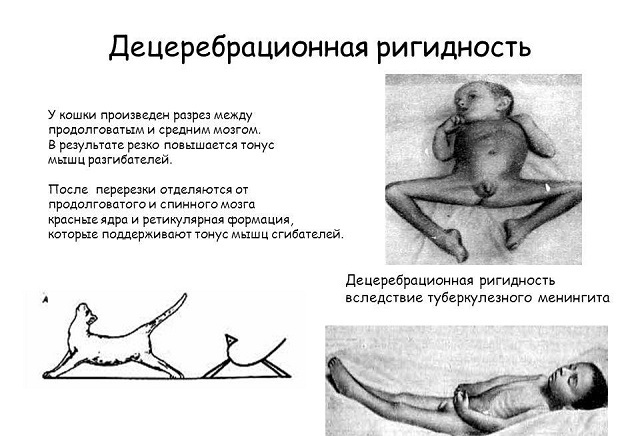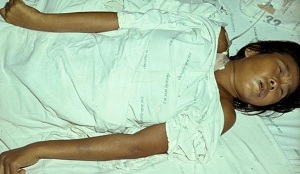 Decerebral rigidity is a postural change consisting of a set of specific symptoms. By observing and differentiating them, you can immediately diagnose the condition.
Decerebral rigidity is a postural change consisting of a set of specific symptoms. By observing and differentiating them, you can immediately diagnose the condition.
Compression of the middle part of the brain or local pathological processes occurring in it, disrupt the inhibitory effects of cortical and subcortical structures on the centers of movement and regulation of muscle tone located below. As a result of this - the launch of its own mechanism of the midbrain, which manifests itself in a special, pathological form.
Causes of development and manifestation of
Decerebral rigidity assumes simultaneous occurrence of episodes of muscular opisthotonus( the back is arched, the spine is strained, all this is accompanied by severe pain and spasm), limb expansions in response to external stimuli, plantar flexion of the foot;Various metabolic, as well as structural disorders of the brain and a number of other signs are developed, which are a direct indication for the immediate hospitalization of the patient.
This condition is usually caused by damage to the brainstem, so it develops in people who have suffered pathological lesions, squeezing the brain or have an inflammatory process in the cerebellum. There are a number of root causes and predisposing factors capable of provoking a disorder.
Among the most common:
- brain abscess;

- Creutzfeldt-Jakob disease;
- diffuse cerebral hypoxia;
- brain tumors, which, as they grow, compress the cerebellum or trunk of the brain;
- hypoglycemic or hypoxic encephalopathy;
- cerebral lesions;
- malaria;
- stroke, especially if repeated repeatedly;
- suffered traumatic brain injury;
- intracranial hemorrhage;
- hepatic encephalopathy.
Decerebral regimens can develop as a complication of injuries inflicted during contact sports. Unlike the usual bruise, such neurochemical reactions do not disappear after a time, but on the contrary, progress, and the condition of the injured deteriorates sharply, turning into a critical category.
Clinical picture of
. Decemerebral rigidity develops suddenly, so rendering skilled care is vital for the patient. How does he look when the attack increases?
The head of the patient is thrown back, the arms are extended at the sides, like the legs, they are turned inward, the teeth are squeezed, the feet are bent, taut;The face is tense, sweat appears on its skin.
At this point the patient is deprived of the opportunity to talk, answer questions, because consciousness is either absent or clouded.

How to help a person in this case?
It is necessary to immediately deliver the patient to a medical facility where he will immediately perform a neurosurgical intervention and will carry out a complex of measures for resuscitation assistance.
Reanimating people who provide first aid to a patient, it is important to fix his tongue to prevent his sinking;push the lower jaw, providing a full straightening of the airways. If breathing is not available, proceed with the indirect heart massage.
It should be noted that during the surgical intervention, the patient is treated with a general, intravenous anesthesia. Spinal anesthesia is contraindicated, since the outcome of its implementation will be an even greater indentation of the tonsils of the cerebellum into the occipital foramen, causing someone or even his death of the patient.
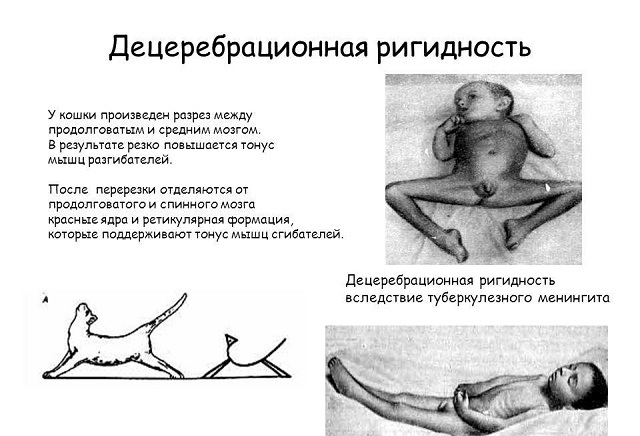
During the operation, as well as after it, the patient's condition is monitored, performed:
- oxygen therapy ;
- hourly measurement of diuresis ;
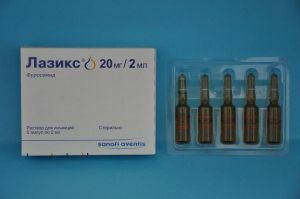
- infusion introduction of drugs that reduce cerebral edema ( Furosemide, Lasix, the dosage of which is determined by the weight and severity of the patient's condition);
- stabilization of blood pressure ( this figure is corrected by a solution of dibasol or sulphate magnesia);
- the patient is connected to the system with a plasma substitute ( Reforton);
- with the goal of reducing vascular permeability appoint glucocorticosteroids ( Prednisolone, Dexamethasone);
- during the operation and after it is performed analgesia patient narcotic analgesics .
Despite the large volume of therapeutic measures carried out, the outcome can be either favorable or lethal, as decerebral rigidity indicates the existing irreversible organic brain processes. With successful operation, as well as rehabilitation of the patient, he has dementia - dementia.


